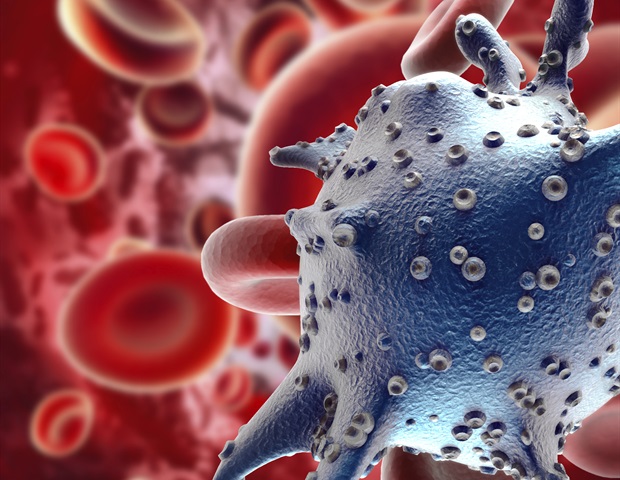Radiation therapy techniques have been used for more than a century to treat cancers. Physicists in the Radiation Detector and Imaging group and associated with the Biomedical Research & Innovation Center (BRIC) at the U.S.
Department of Energy's Thomas Jefferson National Accelerator Facility have been for several years pursuing radiation therapy technology improvements in collaboration with the Hampton University Proton Cancer Institute (HUPCI). Now, BRIC physicists are launching a study into how best to advance different types of radiation therapy. BRIC scientists plan to evaluate the ability of accelerator-based proton therapy, like that offered locally by HUPCI, to replace treatments using radioactive sources, such as cobalt-60, to reduce potential radiological risks that could be associated with such isotopes.
Helming the study is Cameron Clarke, a Jefferson Lab staff scientist who developed the proposal in conjunction with colleagues Michael Dion and Eric Christy. As an early-career scientist who has just joined the lab as a staff member working explicitly to further the BRIC initiative, I am very excited to have received this green light from the DOE. I am also excited about how the genesis of this project reflects the effectiveness of the labwide collaborative approach that BRIC is aiming to facilitate, and I can't wait to continue to pursue those connections as I dive into the study.
" Cameron Clarke, Jefferson Lab staff scientist Scientists in BRIC collaborate with p.


















